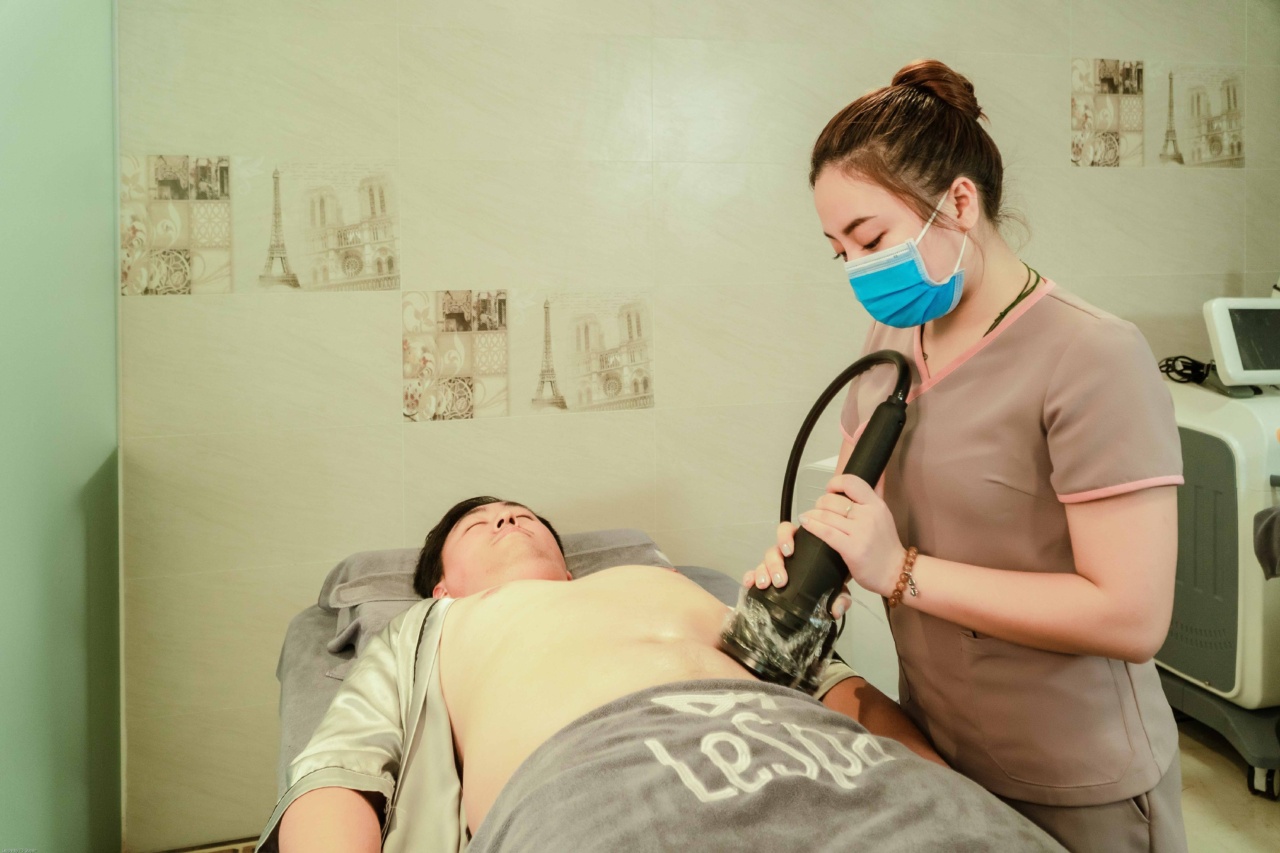Keratoconus is a progressive eye condition that affects the shape of the cornea, causing it to thin and bulge into a cone-like shape. This abnormality can lead to severe visual impairment and distortion.
Fortunately, with advancements in technology and medical science, there are now effective treatments available to manage and even correct this condition. In this article, we will explore these treatment options and how they can improve the lives of those with keratoconus.
Understanding Keratoconus: Causes and Symptoms
Keratoconus typically starts during teenage years or early adulthood and gradually worsens over time. While the exact causes are still not fully understood, there are several factors that are believed to contribute to its development.
These include genetic predisposition, environmental factors, chronic eye rubbing, and certain medical conditions such as hay fever and Down syndrome.
The symptoms of keratoconus can vary depending on the stage of the disease. In the early stages, individuals may experience mild blurring or distortion of vision.
As the condition progresses, vision may become significantly impaired, leading to difficulty in driving, reading, or recognizing faces. Other symptoms include increased sensitivity to light, eye redness, and frequent changes in prescription for eyeglasses or contact lenses.
Diagnosing Keratoconus
Diagnosing keratoconus typically involves a comprehensive eye examination conducted by an optometrist or ophthalmologist.
During this examination, various tests will be performed to assess the corneal shape and thickness, as well as the overall health of the eyes.
A key diagnostic tool used for keratoconus is corneal topography, which creates a detailed map of the cornea’s curvature. This helps identify any irregularities or steepening that are characteristic of keratoconus.
Other tests such as optical coherence tomography (OCT) and pachymetry may also be used to measure corneal thickness and visualize the layers of the cornea.
Managing Keratoconus: Non-Surgical Options
While there is currently no known cure for keratoconus, several non-surgical options can effectively manage the condition and improve visual clarity. These include:.
1. Eyeglasses and Contact Lenses
In the early stages of keratoconus, eyeglasses or soft contact lenses may be sufficient to correct mild astigmatism and nearsightedness. These can provide clear vision by compensating for the irregular shape of the cornea.
However, as the condition progresses, specialized contact lenses may be required for optimal vision correction.
2. Rigid Gas Permeable (RGP) Contact Lenses
RGP contact lenses are often recommended for advanced stages of keratoconus. These lenses are made of rigid material that helps reshape the cornea by creating a smooth optical surface.
By vaulting over the cone-shaped cornea, RGP lenses provide clear vision and can significantly reduce distortion.
3. Hybrid Contact Lenses
Hybrid contact lenses combine the benefits of RGP and soft contact lenses. They have a rigid center for vision correction and a soft outer ring for enhanced comfort.
Hybrid lenses are particularly suitable for individuals who have difficulty tolerating RGP lenses alone.
Surgical Treatments for Keratoconus
In cases where non-surgical options do not provide satisfactory vision correction, surgical interventions may be considered. These procedures aim to reshape the cornea or provide additional support to prevent further progression of keratoconus.
Some of the surgical treatments for keratoconus include:.
1. Corneal Cross-Linking (CXL)
Corneal cross-linking is a minimally invasive procedure that uses riboflavin eye drops and ultraviolet light to strengthen the cornea. This treatment helps to stabilize the cornea and prevent it from further thinning and bulging.
Corneal cross-linking is effective in halting the progression of keratoconus and may improve visual outcomes.
2. Intacs
Intacs are small, thin, semi-circular plastic inserts that are surgically placed within the cornea. These inserts help flatten the curve of the cornea, reducing irregularities and improving vision.
Intacs are typically recommended for individuals with mild to moderate keratoconus who cannot tolerate or benefit from contact lenses.
3. Corneal Transplantation
In severe cases of keratoconus, where vision cannot be adequately corrected through other means, a corneal transplant may be necessary. During this procedure, the central portion of the damaged cornea is removed and replaced with a healthy donor cornea.
Corneal transplantation has a high success rate and can significantly improve vision in individuals with advanced keratoconus.
Post-Treatment Care and Follow-Up
Regardless of the chosen treatment option, individuals with keratoconus require regular follow-up visits to monitor the progress of the condition and ensure optimal visual outcomes.
This is particularly important after surgical interventions, as close monitoring is necessary to identify any potential complications and ensure proper healing.
Additionally, it is important for individuals with keratoconus to protect their eyes from excessive rubbing or trauma, as these can exacerbate the condition.
Following proper eye hygiene and using prescribed eye drops can also help maintain the health of the eyes and prevent any infections.
Conclusion
Keratoconus, though a progressive eye condition, can be effectively managed with various treatment options.
From non-surgical options such as eyeglasses and contact lenses to surgical interventions like corneal cross-linking and corneal transplantation, these treatments can improve visual clarity and enhance the quality of life for individuals with keratoconus. Regular follow-up care and adherence to eye hygiene are essential to ensure successful long-term outcomes.




























